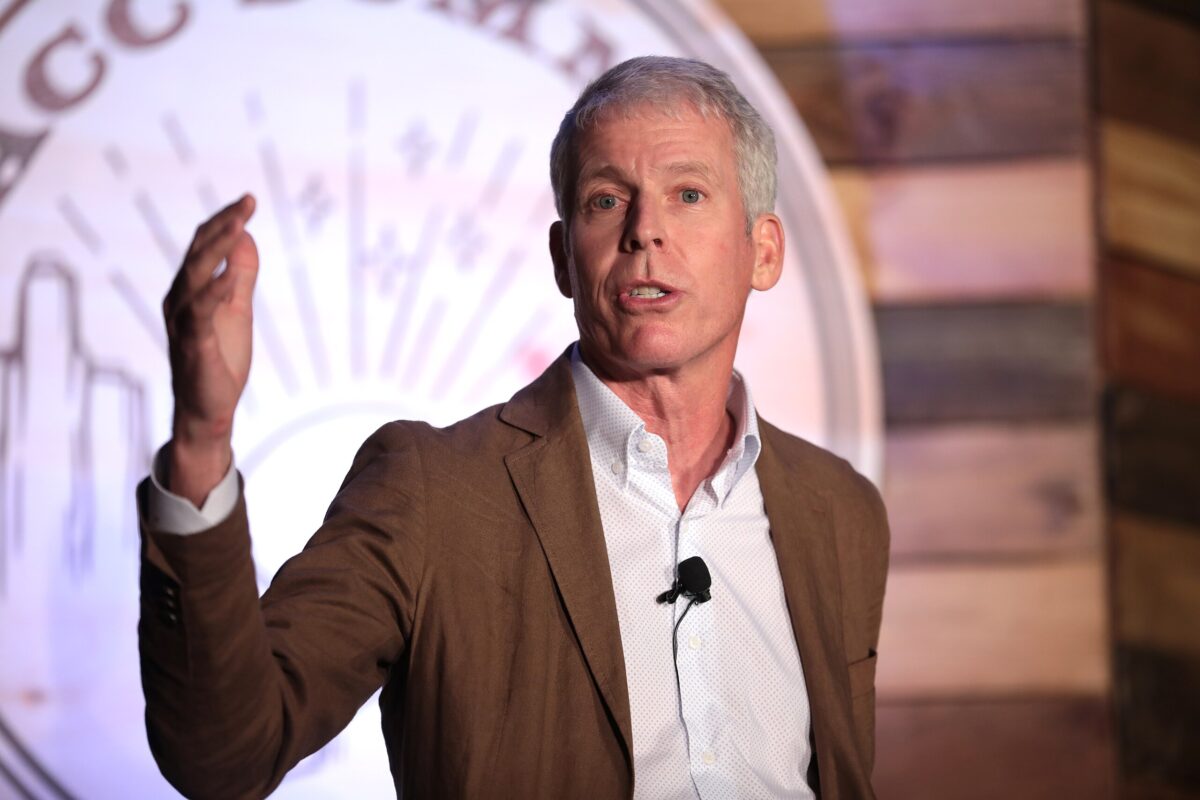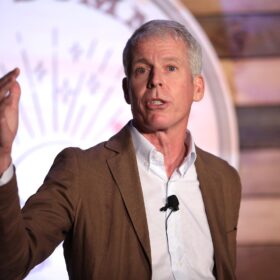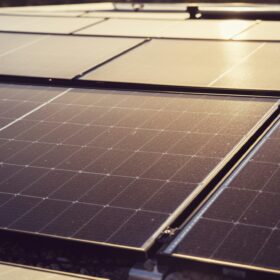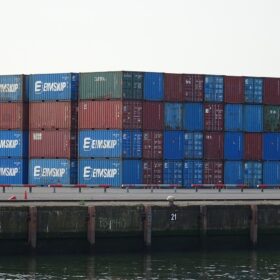It’s no secret that the Trump Administration “digs coal.” The evidence that this administration is trying to stack the deck in favor of fossil fuels (and nuclear power) is overwhelming; from the appointee of a former coal lobbyist to run the Environmental Protection Agency (EPA), to the ham-fisted attempt by Energy Secretary Perry to ram a coal and nuclear bailout through the Federal Energy Regulatory Commission (FERC), to the appointment of a former propagandist for the fossil fuel industry to a seat at FERC.
The Trump Administration has also attempted to suppress information on the Climate Crisis, including removing the page on climate science from the EPA website and removal of references to climate change on other parts of the EPA website and documents.
However, the Trump Administration now appears to have taken this another step further, and removed a study showing that the United States can get the large majority of its electricity from renewable energy from the website of the National Oceanic and Atmospheric Administration (NOAA).
Dr. Christopher Clack is a “joint first author” of Future cost-competitive electricity systems and their impact on U.S. CO2 emissions, which finds that the United States can get 79% of its electricity from non-emitting sources (wind, solar, nuclear and hydroelectric power) at a lower cost to consumers than today, without deploying batteries. This feat would be accomplished primarily through the buildout of a nation-wide high voltage DC (HVDC) network.
Note that our #NEWS study data has been removed from the @NOAA website. Luckily the paper is still free and available on our website or @NatureClimate! https://t.co/rX8ZBMnV5V
— Dr Christopher T M Clack, PhD (@DrChrisClack) September 13, 2019
Dr. Clack and every other author of the paper were affiliated with NOAA’s Earth System Research Laboratory at the time of publication. He says that he noticed that the study was not at its URL on the NOAA site around a month ago. The paper was published in 2016, and internet archives indicate that the study was last accessed on August 2017.
However, NOAA has not removed all references to Future cost-competitive electricity systems, as there is a press release on the site dated January 2016 which discusses the work. However, all links on that page that go to the study or further discussion of the work are dead.
In an email to Dr. Clack, NOAA noted that the work was no longer funded and suggested that it had been removed to “free up resources” – including erasing three years of weather data and scenario results that Dr. Clack says other scientists were trying to access for their research.
Fortunately, Future cost-competitive electricity systems is still available for free on the website of Dr. Clack’s energy forecasting company, Vibrant Clean Energy.
“Blocking” SEAMs?
One energy writer says that this is not the first time that the Trump Administration has blocked science on the move to a future powered by renewable energy. Peter Fairley, writing for IEEE Spectrum, alleges that “political appointees” at the U.S. Department of Energy blocked publication of a study by its National Renewable Energy Laboratory (NREL) that looked at potential integration of the Eastern and Western U.S. grids via high-voltage DC lines.
Plenty of references to the SEAMs study can be found online, but no final report, and the fate of these two studies is generating a great deal of concern in the energy community.
To state the obvious: This is not how federally funded science is supposed to work.
8/
— Russell Gold (@russellgold) September 16, 2019
Several days after the publication of this article, DOE responded to pv magazine’s request for comment on Fairley’s allegation, stating that SEAMS had not been blocked, but instead expanded, and that it expects to publish initial results in 2020 and the full report in 2022. Per the statement by DOE:
DOE career staff reviewed preliminary results and saw an opportunity to strengthen the study by expanding the project to model and analyze additional scenarios. This includes refining methods and data parameterization for improved modeling of transmission congestion within capacity planning tools and grid operations models. The improved characterization of congestion through this strengthened scope will model how this transmission expansion can contribute to reliability and resilience in the future grid.
Update: This article was updated at 4:30 PM EST on September 16 to cite an explanation from NOAA emailed to Dr. Clack as to why his study and years worth of data had been erased from the site. It was further updated at 10:25 AM on September 20 to feature the response by DOE.
This content is protected by copyright and may not be reused. If you want to cooperate with us and would like to reuse some of our content, please contact: editors@pv-magazine.com.









I am in favor of renewable energy as an element of an “all of the above” approach. rather than interpreting Admin’s actions as “blocking” perhaps leveling the discourse is a more helpful perspective. in any event, you’ll have 2020 and/or 2024 to vote your conscience. all’s well. wheels of bureaucracy are slow and deliberate.
If a study being conducted by a federal research lab is not published for political purposes, it is being blocked.
The assaults on science by this administration are well documented, and I would not describe all as being well here.
Leveling? You mean tilting the discourse for political purposes, don’t you, if you prevent publication of a study that demonstrates something that goes against a political false narrative.
I’m thankful there’s more & more push for impeachment mounting. In any case, for the good of the country, and the world, we must boot him out in 2020. We can’t afford to let this damage go on any longer.
Dan, I’m not sure what you’re talking about. People who will adopt solar PV, wind, micro-hydro and energy storage are already making their choices and spending their money for their personal “power supplies”. With the momentum generated by the solar PV and wind industry over the last 20 years, removing, ‘releveling’, redacting Government information will not stop the disruptive technologies that are alternative energy resources. While crying “duck curves” and we need TOUs, even the electric utilities realize how cheap solar PV and wind generation are to own and operate. After all of this time, I don’t get the “policy” argument. Go to the bank, take your money out that the bank gives you a lousy 0.5% to 1.0% APY on and put it on your roof as solar PV, get some energy storage and self consume as much energy your system captures every day. That ‘policy’ will change the status quo.
Solarman,
I agree with most of what you said. Alternative energy is becoming much more competitive and the economics will prevail regardless of how much any administration, beholden to fossil fuel lobbyists/campaign donors, tries to maintain the status quo, burning coal, oil, and gas, as well as destroying clean air and other important environmental regulations, placing tariffs on solar panels, blocking peer-reviewed scientific documents, installing a coal industry lobbyist as head of the EPA, etc.
The brightest minds in the energy space, both scientists and physicists do not work for the Fed gov. In fact, there are only 3 in the world that own disruptive IP in the energy space and all of them left the US in frustration during the Obama administration. Blocked from funds, DOE and NREL as well. Including CC and repurpose without a parasitic load. Invented in FL. Obama and Jeff Immelt, disaster.